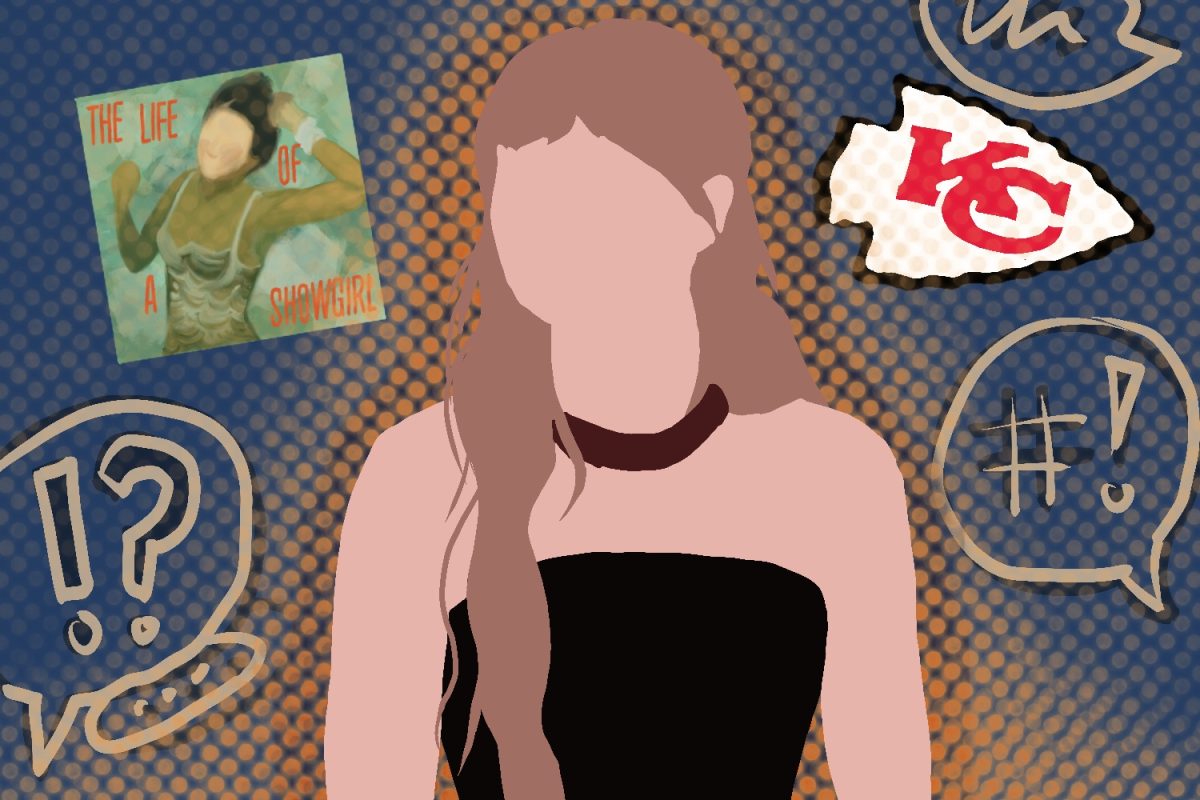By Sam Coyle
Fresh from the clutches of the newly ended Harry Potter series, Daniel Radcliffe now has the freedom to move on from the comfort of fantasy to harsher, more mature genres. In the new film The Woman in Black, based on an English horror tale written by Susan Hill, Radcliffe stars as the main character, a young lawyer in Edwardian England who is faced with a task that will either secure his position or threaten his life.
In this thrilling horror flick, Radcliffe plays Arthur Kipps, whose troubles begin to haunt him even before he ventures to a remote town in Northern England. James Watkins, who directed the film, makes sure that the scenery is shockingly eerie, which serves to produce a gloominess that was felt even in the brightest shots. This view, along with the general uneasiness of the townspeople when Arthur arrives, empties the setting of all hope for comfort during his stay. Watkins uses key elements to emphasize Arthur’s isolation from the rest of the town, a sensation that allows for undesirable ideas to creep into the picture.
In this way, The Woman in Black classifies as a horror film, but it seems to have an extra element of detective work, which adds thrills and trembles with each new disclosure. Subsequently, the more complex a plot becomes, the more we have to sacrifice the irrational satisfaction audiences receive when they willingly piss their pants. This is my qualm with the horror genre. I enjoy being frightened, but only when it’s contingent to the plot itself. In this film, one may not be enveloped in a constant chase scene, but there are certainly points that will leave one with raised hair.
Except for a few minor parts nearing the end, the story line remained quite fluid and did not suffer from being depicted largely as a dramatic horror. And for an actor new to the genre, Radcliffe portrayed Kipps’ character with decent feeling. Unfortunately, the Kipp character seems rather withdrawn from the alleged fear and apathetic about the looming threat of the woman in black. Even though Kipps is meant to be neither heroic nor frail, it was rather unconvincing that he could so readily face the eponymous villain without much of a flinch. A little more upsetting was the fact that most of this film contains scenes of Daniel Radcliffe stealthily creeping through dim hallways, not leaving much room for dialogue or character development. Perhaps this sudden adjustment of genres is a mere stepping-stone for Radcliffe to prove his potential prowess.
Overall, The Woman in Black is more enthralling as a horror film than a drama, for it focuses more on specifically scaring the audience as opposed to using terror to intensify the plot. The written tale of the haunted town could have yielded a more appealing and tangled story, but it sure will fuel your badly craved adrenaline rush as a fresh but nostalgic supernatural thriller.






























































































































